Something very strange is happening to shoes in the stability/motion control category. A few brands are going soft on stability, and we’re afraid quite literally so. Long timers such as the Kayano 22 have gradually shed midsole firmness over time while maintaining their stability pretensions.
Some do it a bit more than others. The adidas Sequence Boost 8 has boosted (sorry, couldn’t resist that) its cushioned feel, never mind the carried-over-from-last-year midsole design.
And why bring this up in the Structure 19 review? Well, because Nike seems to have caught the ‘make your stability shoes softer’ bug too. So here’s the good news and the bad news.
The good news is that the Nike Zoom Structure 19 isn’t as bad as the Kayano 22, which had a mushy rear-end and snub nosed toe box. The Structure 19’s new upper is a remarkable advancement over the previous design, both in areas of fit and material feel.
Which is a pity, because it is now time for the bad news. If you need a medial-post featuring shoe with a stable ride, then steering clear of the Structure 19 would be in your best interest. Changes made on the 2015 version doesn’t bode well for rear-foot stability. You’d find that surprising, considering that the Structure 19 shares the same midsole design with the 18.
As we’ve started discovering lately, a carry-over sole design need not translate into carry-over ride manners. Even seemingly minor changes have the potential to impact the ride behavior in more ways than one.
So what is one to do under such circumstances? Our suggestion would be to get either adidas Sequence Boost 8, the Nike Zoom Odyssey or the Mizuno Wave Inspire 12 – among other available options. Or stick to the Structure 18 by scooping up market leftovers at a sweet deal. Ti’s the Holiday season, so the outgoing Structure 18’s retail value should be less cruel to your wallet.
Oh boy. Just having said all that, we now have to explain the what, why and how of the New Structure 19, don’t we? So here it comes, in a text and pictorial overload.
Let’s start on a positive note, and talk about the good things which the Structure 19 has to offer. The entirety of upgrade niceties are weaved into its improved Flymesh upper.
Last year’s Structure 18 was a significant model, being the first to feature the new ‘Flymesh’ upper – a convenient marriage of sorts between Flyknit and engineered mesh.
The Flymesh borrows the one-piece, woven upper approach from its ancestors such as the Flyknit Lunar 1 and Flyknit Racer. The engineered mesh part is borrowed from the popular Lunarglide, a textile construction which involves using a combination of perforated and close-weaved areas – providing ventilation or structure depending on where one needs it.
So not only is the Structure 19 an annual refresh of the long continuing franchise, but it also marks the one year anniversary of the Flymesh concept. The Structure 18 upper wasn’t without its share of shortcomings, so we’re happy to note that the Structure 19 makes good on fixing most of those problem areas.
New Nike concepts feel akin to operating system upgrades; it takes around a year for Windows or Mac OS to fully iron out their bugs with a series of software patches.
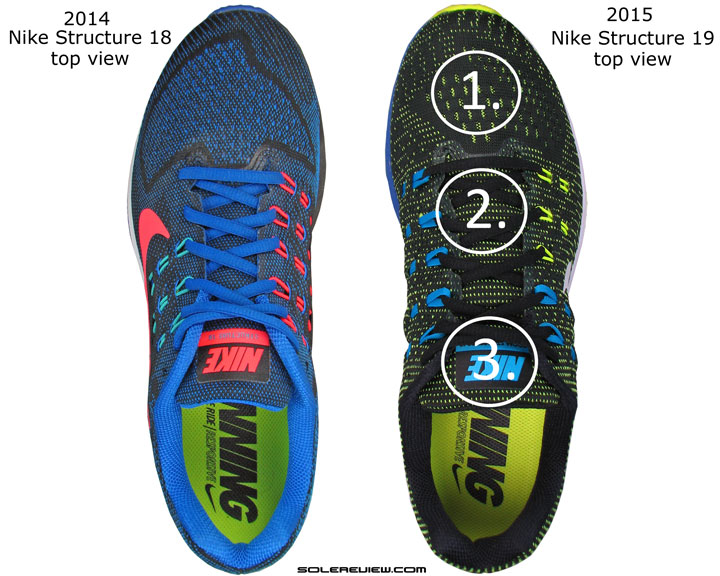
1) Higher toe-box room, and surprisingly, greater forefoot splay 2) Evenly spread midfoot pressure due to Flywire placement updates 3) Tongue has more padding, hooray.
There are basically three things which the Nike Structure 19 upper does better than the 18. The 19 modifies the toe-box design, creating more vertical and sideways room as a result. The fit quality is improved too, with the upper pressure now feeling better distributed over the foot.
And lastly, minor tweaks in materials and construction makes the Structure 19 upper a much more comfortable place to slide your foot into.
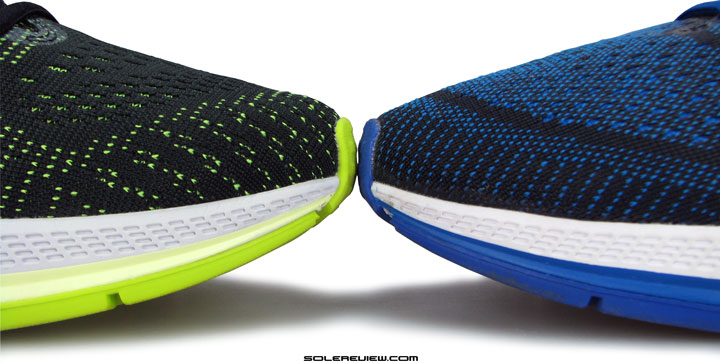
The difference is plain to see: Structure 19 (left) has a raised toe-bumper compared to the Structure 18 (right)
The Structure 19 comes with an updated internal toe-bumper. Not only is the new component much higher than the old one, it also extends longer on either sides. Consequently, there’s a significant increase in vertical toe space, and also opens up more space alongside the big toe. In contrast, the Structure 18’s mesh lay flush against the medial big toe.
On a related topic, we wonder if the pointy Pegasus is going to benefit from this design trick in the future. In its current avatar, Nike’s bread-and-butter neutral’s toe box shallowness is prominent both in visual form and function.
It is interesting however, to note that the Structure 19’s lacing moves forward by around 5 mm compared to the S-18. Under usual circumstances, this would have increased forefoot narrowness.
Yet it doesn’t on the S-19, which only goes to show the complex nature of shoe design in general. Because it isn’t just the upper design at work here; the insole reworking impacts the fit quality too.
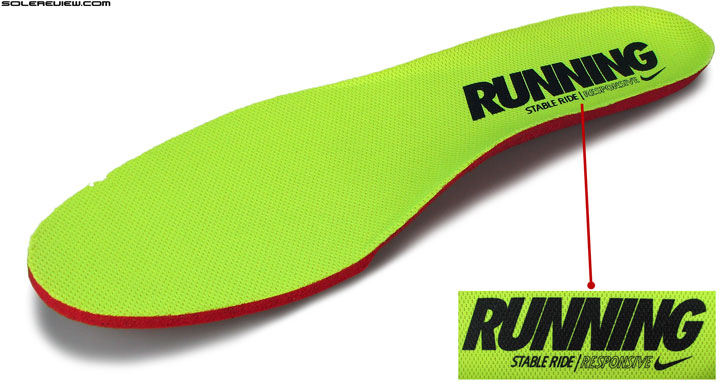
On the surface, the insole appears exactly the same as last year’s design. Same marketing plug, too.
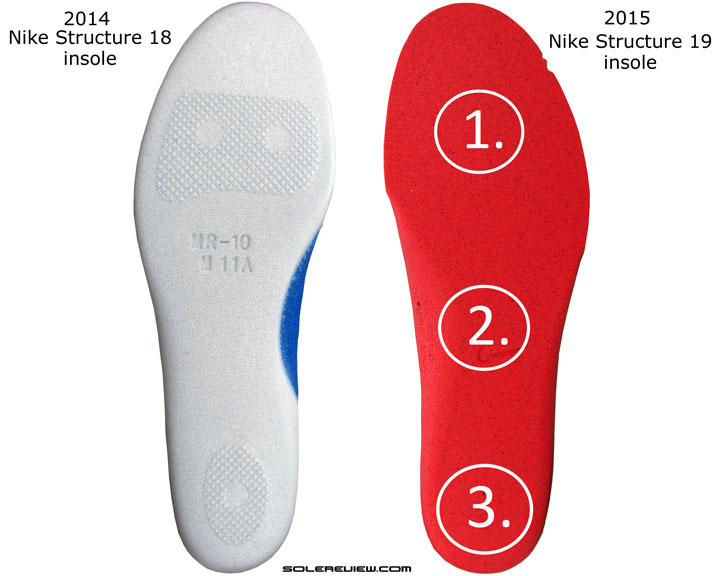
Turn the insoles around, and you’ll notice a completely changed design. The Structure 18 (left) had a much firmer insole than the latest design (right).
The Structure 18 had a sockliner with a reinforced base. Soft foam was layered on top over a stiff foundation, and the forefoot and heel sections came beefed up. This year, that heavy duty footbed is replaced by a meeker footbed which mimics an Ortholite open foam cell design.
This update might not be obvious, given the observation that Nike calls out the same ‘Stable ride/responsive’ plug on the top-cloth. The insole used on the Structure 18 was resistant to deformation under body weight due its firmer molding. This came at the expense of upper space, creating the sense of tightness.
With the harder base gone, the Structure 19’s blown foam insole is much easier to deform. So the upper space which was previously unavailable is suddenly set free, and hence things like the lacing moving towards the tip does not have a major effect on forefoot space.
The irony is that the same insole which improves the upper fit also has a detrimental effect on the ride quality. More on that in the second part of our review, where we get into the ride break-out.
If there was one area of letdown on the Structure 18’s fit, it was the very localized nature of the lacing pressure. In other words, the shoe felt extremely tight right at the top (near the tongue flap), while the front felt a bit insecure. This has been fixed on the Structure 19, which happens as a result of few design updates.
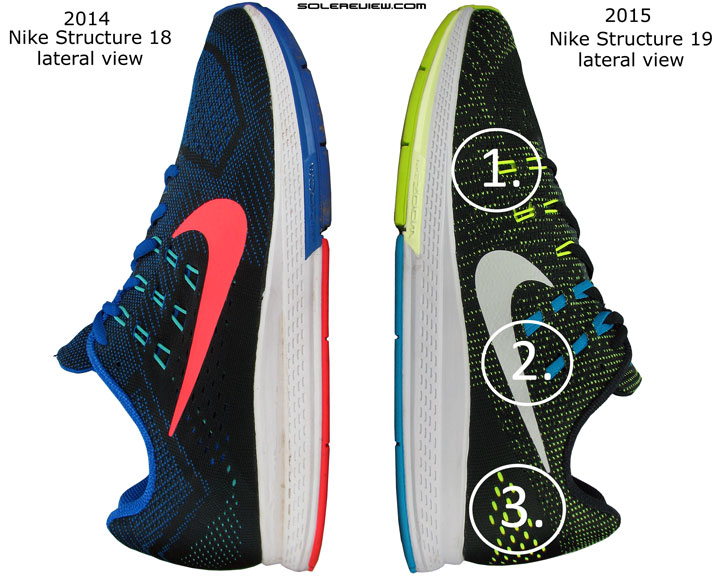
1) Number of lateral Flywire cables increased from three to five 2) Flywire is pasta flat instead of ramen round 3) Heel has no change – same fabric lining and internal heel counter
Taking a closer look at the like-to-like picture above will help us understand the magnitude of changes better. The 2014 Structure 18 only had three rows of Flywire cords on the lateral (outer facing) side, with the remaining two being regular eyelets.
This increased the intensity of lacing cinch on the Flywire rows compared to the ones without.
On the Structure 19, five out of seven eyelets have Flywire lacing support, as opposed to the Structure 18’s three. This spreads the pressure evenly along the outer facing eyelets, which is a good thing. Also helping level the lacing pressure around the forefoot is the position of the loops itself.
As mentioned earlier, the Flywire loops move closer towards the front, and applies a higher lacing pressure than the S-18. And yet this revision does not eat into forefoot space – the new footbed design sees to that.
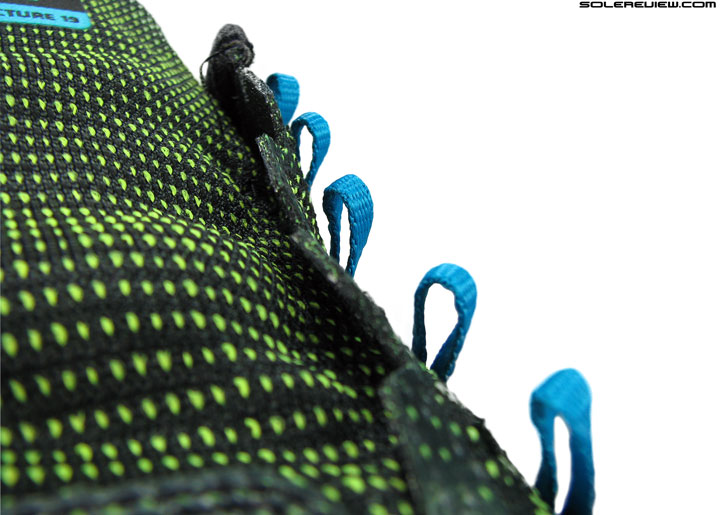
Nike, it’s time for a name change. These aren’t exactly ‘Flywires’ anymore. More like ‘Flylaces’. Or ‘Flycables’?
The medial (arch side) facing Flywire loops are the new flat straps we saw on the Odyssey. They feel slightly better than the string shaped Flywire, as the straps now tend to lie flat against the sides instead of straining in.
If you remember the Structure 18 design, the medial side had more Flywire loops than the lateral upper. Well, that isn’t the case anymore. Either sides sport an equal number of Flywire linked lacing rows.
Another factor which let the Structure 18’s lacing tightness through was the thin tongue bereft of foam padding. The Structure 19 makes amends, and now there’s a lot more foam packed within the tongue.
This counters the pressure applied by the lacing above it, and at the same time is soft enough to stay securely locked-down.
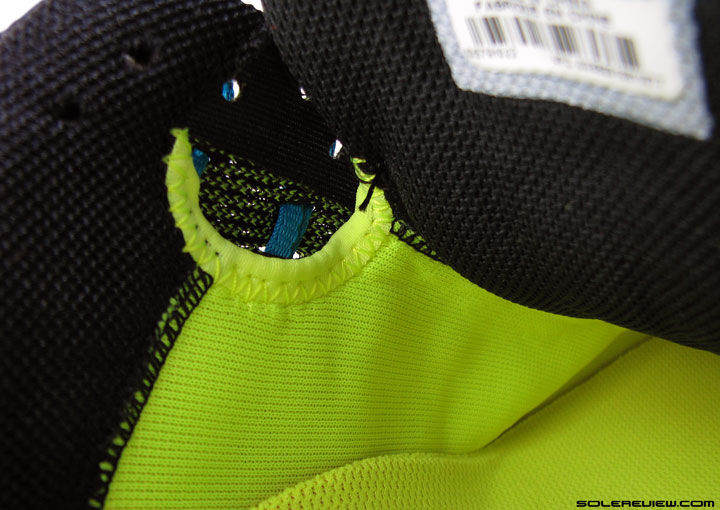
Inner sleeve is a standard fitment on the Structure 19. Keeps the tongue in place, and makes the insides more comfortable.
The sense of superior midfoot lock-down also comes from the inner sleeve, which has been a standard fitment on both the 2014 and 2015 Nike Structures. So the interiors feel smooth and seamless, and the sock-less experience is much better on the Structure 19.
The previous sockliner had sharp edges, and pinched the sides of the sole during runs. With the softer footbed this year, the barefoot feel takes a turn for the better.
Overall spongy-ness of the lining has also increased. It is this fabric which is beneath the Flymesh exterior, and comes in direct contact with the bare or sock-clad foot. It now feels like a responsive spacer mesh, with fibrous structures inside producing a responsive feel. To cut a long story short, the insides of the Structure 19 feels much more comfortable than the 18.
The excess material of the fabric upper is the likely reason behind the Structure 19’s marginal weight increase. It gains just over half an ounce, or 17 grams over the Structure 18.
There are no surprises on the heel area. The Structure relies on Nike’s favorite collar lining material, and the results are predictable. The textile has a soft, premium feel, and there’s enough padding inside.
No complaints on the quality of heel grip, and besides, you could use the last row of eyelet if the situation demands it.
No reflectivity on the Structure 19, as it was on the 18. We’ve harped enough about this in our other Nike reviews, so no use flogging a tired horse.
So the new Structure 19 upper is great. The fit is far better than the Structure 18, the interior environment’s an improvement too. We ranted about the lack of optional widths in our S-18 review, and even that’s taken care of. The Structure 19 is now available in four widths, no less – ranging from narrow (B) to extra wide (4E)
Now only if we could say the same great thing about how the new Structure rides. We can’t, unfortunately.
We might not blindly believe in the efficacy of the medial post. But at the same time, we don’t have a blanket negative opinion of the ‘motion control’ or stability footwear category. Actually, some of them are quite nice, like the Brooks Transcend, NB 1260 V4, Sequence Boost or the Nike Odyssey. Even the Hoka Constant is quite harmless.
What we do not appreciate are bad actors which say they are stable, but turn out to be not. Shoes such as the Structure 17. Or the recently reviewed Kayano 22. Brands seem to take a lot of liberty with the ride behavior using a medial post as insurance, and that is a problem.
The Kayano 22 has a medial post, but it is super soft, leading to the heel throwing you around. The Structure 17’s sharp stacking led to the sensation of the rearfoot pulling to one side. And while things aren’t as extreme as the Kayano or S-17, the Structure 19 also exhibits similar tendencies.
If the midsole and outsole design hasn’t changed from the Structure 18, why should the ride be any different?
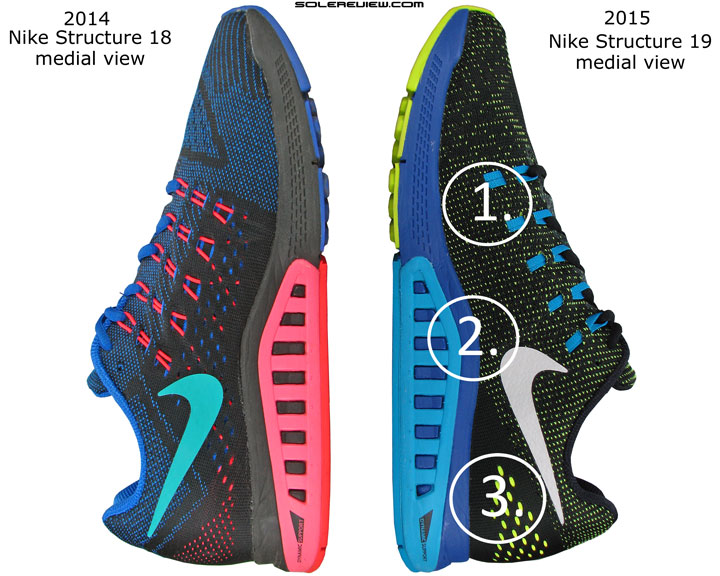
1) No complaints with forefoot ride 2) The medial post is softer 3) Heel feels like it’s pulling to one side.
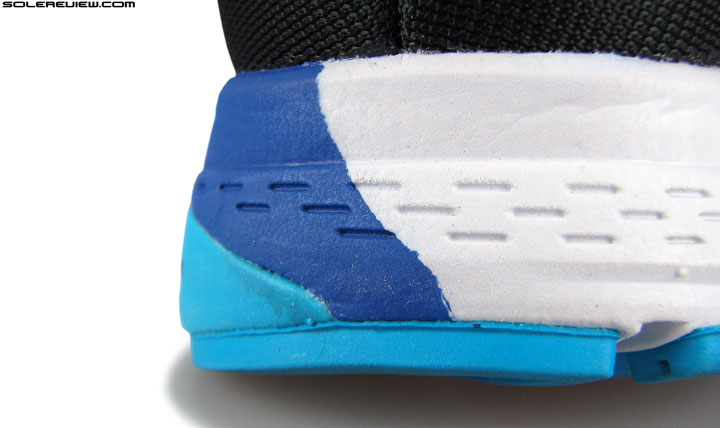
The tri-density midsole design of the Structure 19. The white foam and light blue medial post goes softer, and the dark blue portion feels the same.
The changed ride is a result of two updates made to the Structure 19’s design. The midsole has become softer, and this applies to two densities of foam stacks; the softer outer facing foam (in white), and the medial post.
If you observe the lateral midsole, there is a deep compression groove running down its length. This ridge is more pronounced under the heel, and the softer foam is easier to deform under the weight applied by footstrike. This wasn’t so noticeable on the Structure 18 because the foam was much firmer, and hence the ridge had a higher resistance to deformation.
It isn’t hard to guess how the softer midsole impacts the Structure 19’s ride quality. The rear-foot feels as if it is pulling to one side, which was not experienced on the Structure 18. Yet the revised midsole density is only one side of the story.
What really affects the ride is the new footbed. The S-19’s removable sockliner is made of a soft foam throughout, in contrast to the hard cupping of the 2014 design. Ok, the 2014 sockliner wasn’t perfect, especially under barefoot usage. But what it did very well was to provide a firm foundation for the foot to rest on, and even out the variance in different foam densities.
Without the firm insole base, the foot tends to sink towards the path of least resistance. Which in Structure 19’s case is the softer, lateral side of the midsole. So each rear-foot strike feels unstable, accentuated by the lack of a supportive feel on the lateral side.
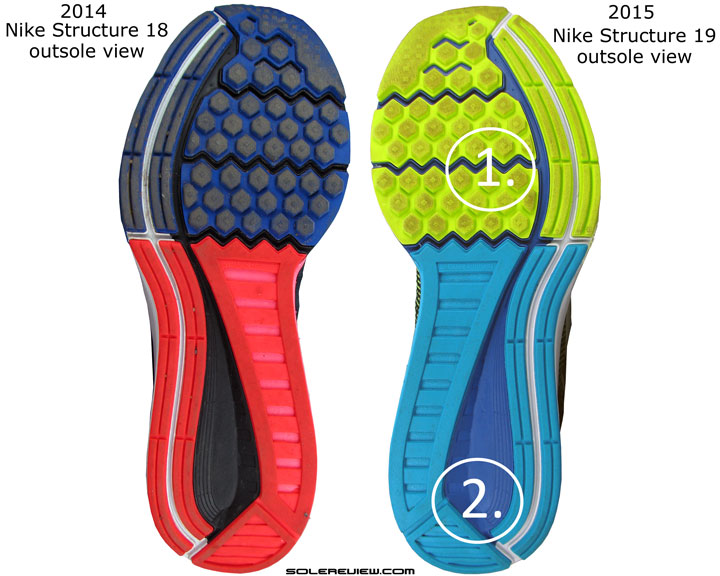
1) No change in design; outsole has combination of soft blown rubber(front) and harder rear/midfoot rubber 2) Heel is softer than the 18’s.
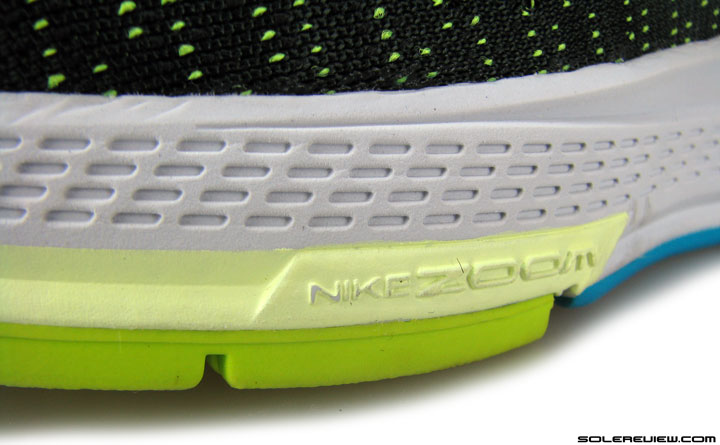
The Structure 19 mirrors the Zoom Elite’s forefoot cushioning system. A Zoom Air bag is placed under the forefoot.
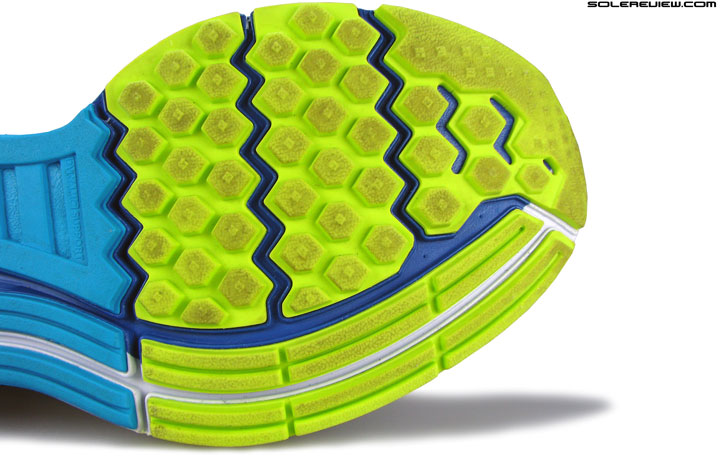
The dual density forefoot is also lined with softer blown rubber, so the situation is much better for forefoot strikers.
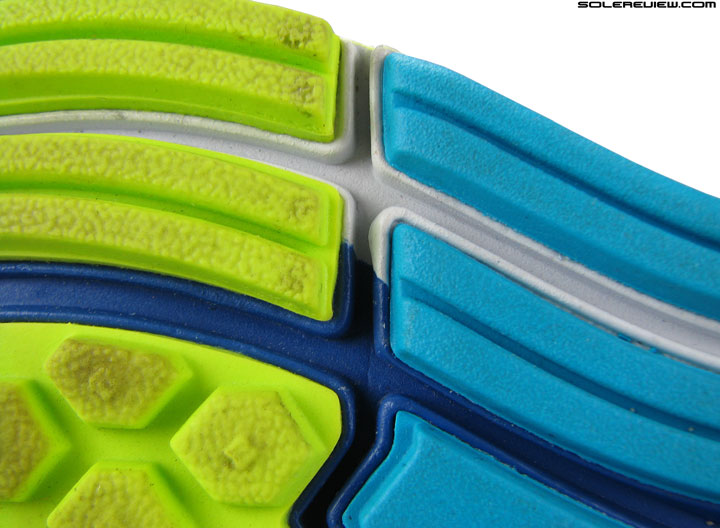
Never the twain shall meet – softer blown rubber (green) and harder carbon rubber (mid and rearfoot).
And what of forefoot strikers? Things are much brighter in the front, where a solitary Zoom Air bag insert performs cushioning duties responsively, and the base is quite stable too.
You will feel the ill effects of the lopsided heel to a minor extent, but still better off than rear-foot strikers – after all, stability shoes were originally designed for heel-to-toe running, The forward outsole is made of softer blown rubber, so there’s bonus padding too.
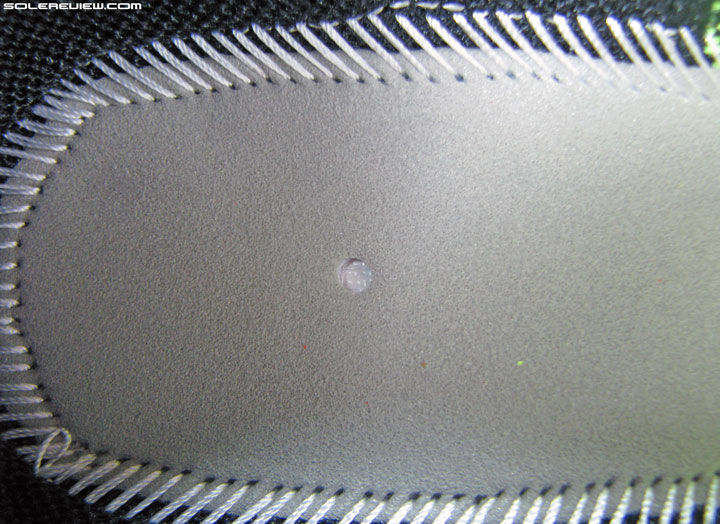
In lieu of the softened insole, Nike should have placed a cardboard over the heel area. After all, the Zoom Elite 8 has it, does it not?
What is surprising though, is that Nike has not used a harder cellulose board over the heel in the Structure 19. Agreed, there’s no Zoom bag, but then Nike did not have any qualms overlaying the Zoom Elite 8’s heel with cardboard, did it? The design intent might be different for both these models, but then the Structure 19 isn’t exactly stable, is it?
So in absence of a firmer insole, Nike should have put a firmer material over the tri-density midsole to make the area feel more consistent.
There is a silver lining to this. The medial side is softer than how it was on the Structure 18, so this reduces the functional intensity of the aggressive under-arch curve.
Over the past year, we’ve found the Structure 18 medial midsole design to be slightly distracting – especially when a single run mileage started crossing the 7 mile threshold. Similar to how the adios Boost’s hard midsole felt, but delivered in a slightly different way.
The softened medial midsole of the Structure 19 brings the distraction levels down. Shoes with a supportive under-arch area can feel nice to some, but it should be delivered in a Brooks Transcend, gradual kind of way. Nice and easy does it.
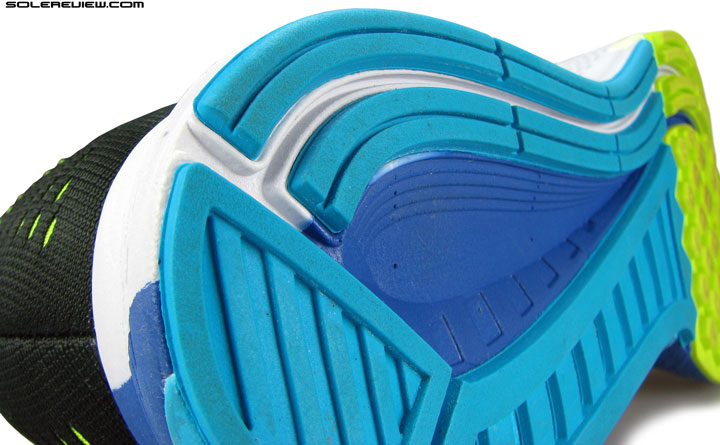
The rear-foot has a softer quality of cushioning due to the foam density and insole change. And those twin-strips are meant for smooth transitions – though they work better on the Pegasus and Elite than it does on the Structure 19.
If you discount the going-ons on the lateral heel, then know that the overall level of heel cushioning has increased. The Structure 19 rides much softer than the 18, and even more so than the Odyssey.
The Zoom Odyssey has responsive cushioning which needs a bit of activation coming from a higher running pace. In contrast, the Structure 19 feels soft from the get-go, and the net sensation of the ride can be summarized as flat and non-responsive.
In fact, the Structure 18’s heel was more responsive than the 19. A lot of that was caused by the firmer insole base, which was made of very firm blown foam. That lent the Structure 18’s ride a responsive quality, which is completely missing on the 19’s rear-foot – no matter what Nike claims on the footbed.
We’re eager to see what the Air Zoom Structure 20 will bring, given the brilliance of the Zoom Odyssey. If the Structure 20 ends up being a baby brother of the Odyssey next year, then all will be well in the stability footwear world once again. For now, the Structure 19 breaks Nike’s streak of sensibly designed shoe releases (Vomero, Pegasus, Odyssey, Lunartempo).
Our advice is – stay clear of the stability impostor that the Structure 19 is – if you’re planning to do any running in them. Unless you intend to just walk around town in them, in which case you will find the new Structure softer to walk in, and the upper fit much improved. No bump up in price either.
(Disclaimer: For this review, Solereview bought the shoe at full US retail price.)
Looking to upgrade your older Nike Air Zoom Structure 18 to the latest version, but not sure how the 2015 model compares? We can help here. The following infographic is a ready-reckoner for what changes you might expect in the new model vs. old. To make this more fun, we’ve put in a system of percentage match, which calculates a weighted average for a set of attributes.
A higher or lower match percentage is neither good or bad. The % number just tells you how similar or distanced the new shoe is from the previous version. Total match % is a result of weighted averages.

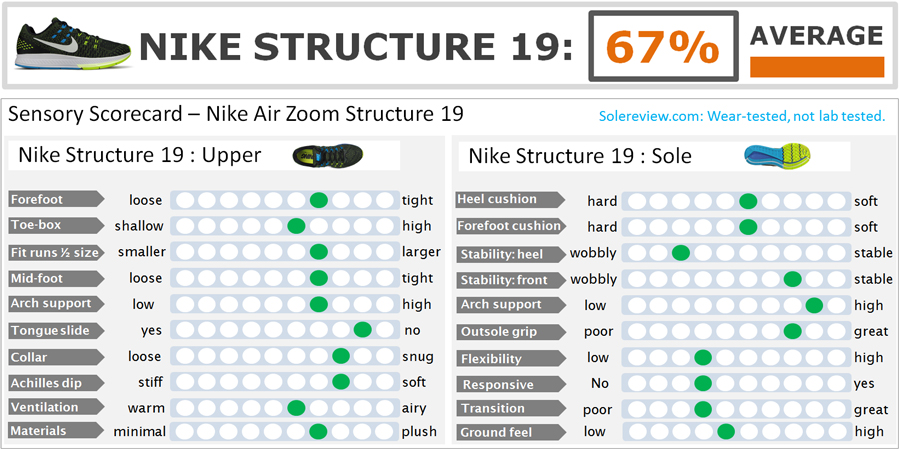
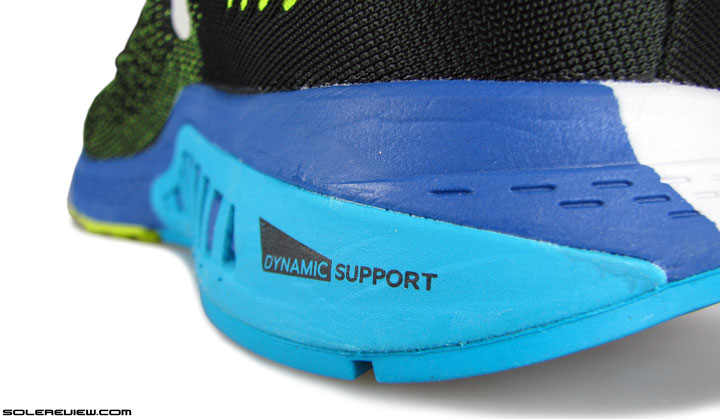
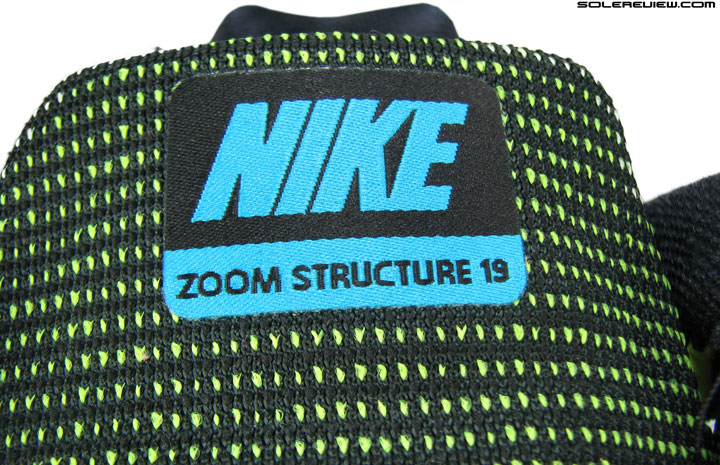
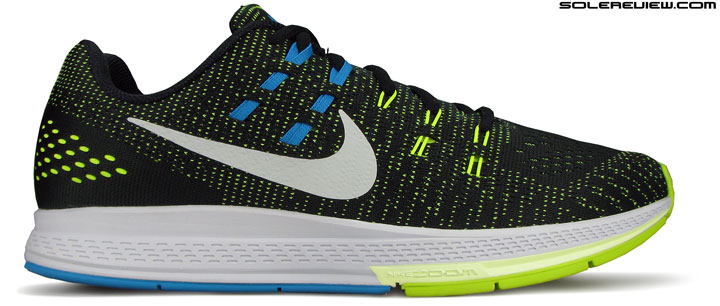
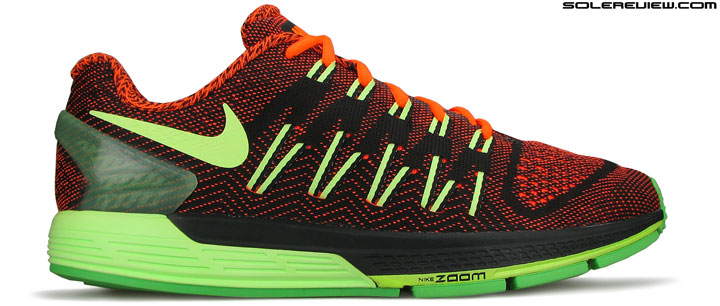
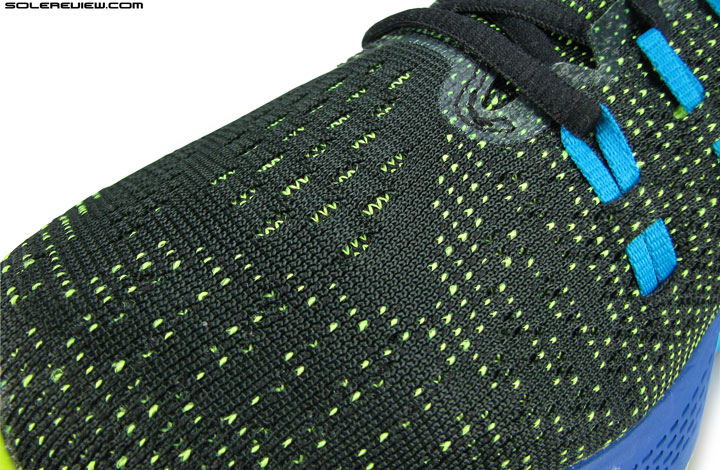
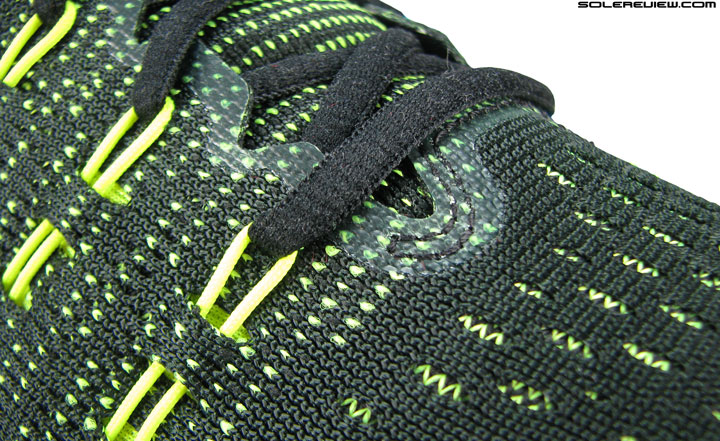
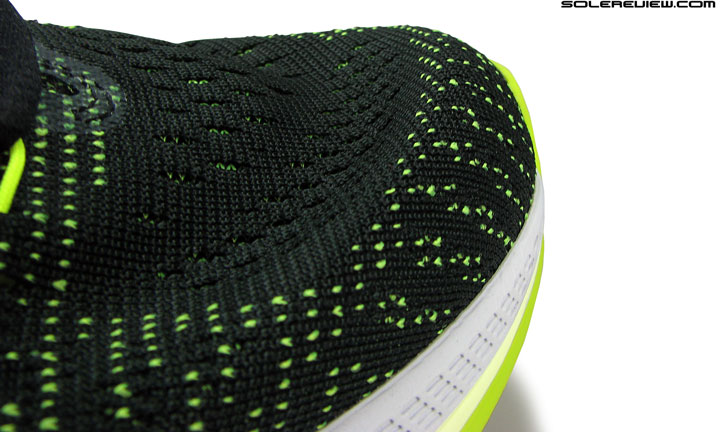
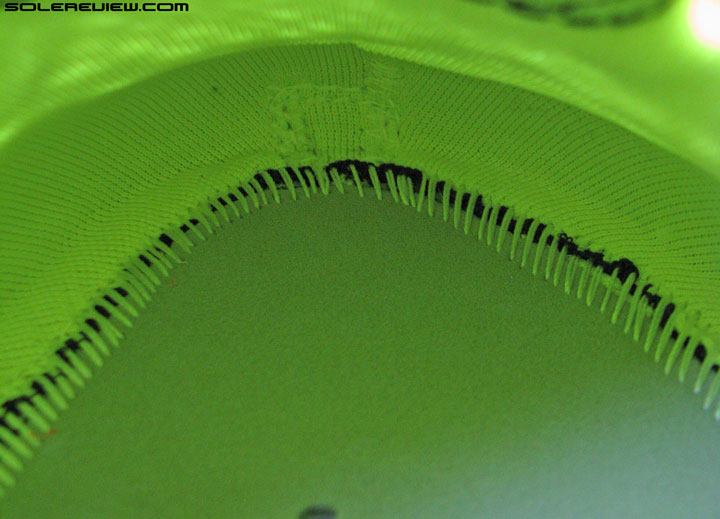
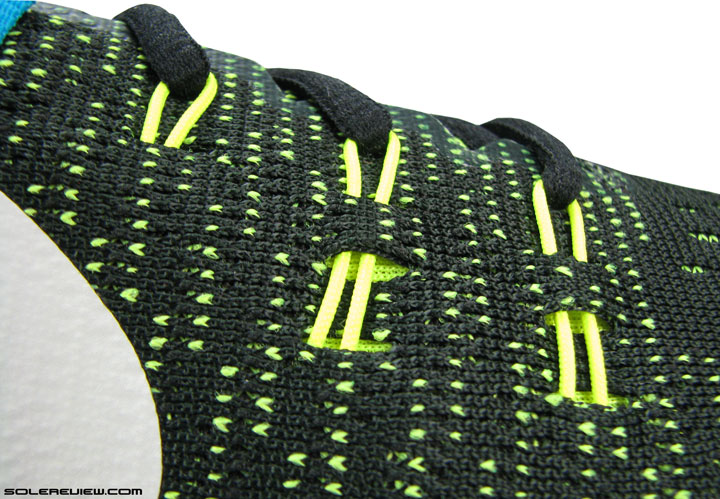
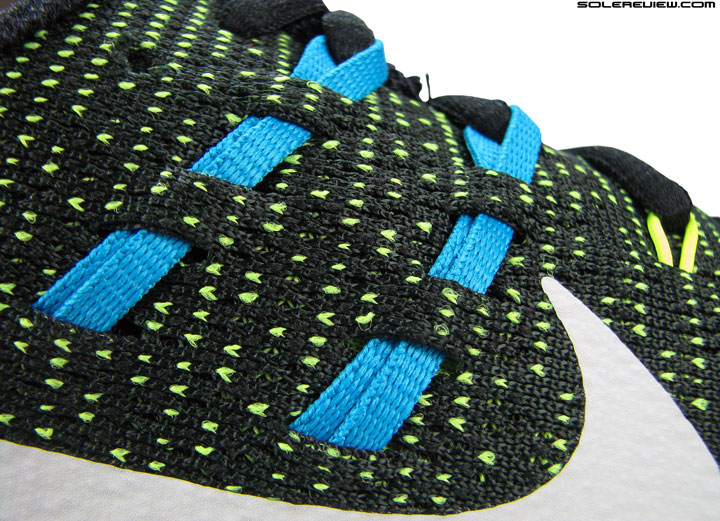
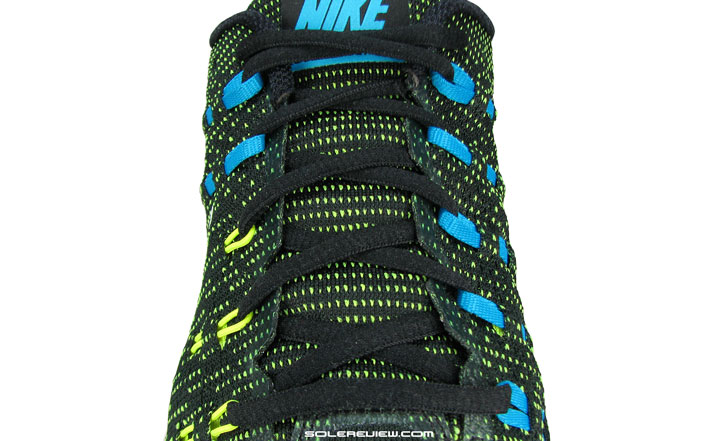
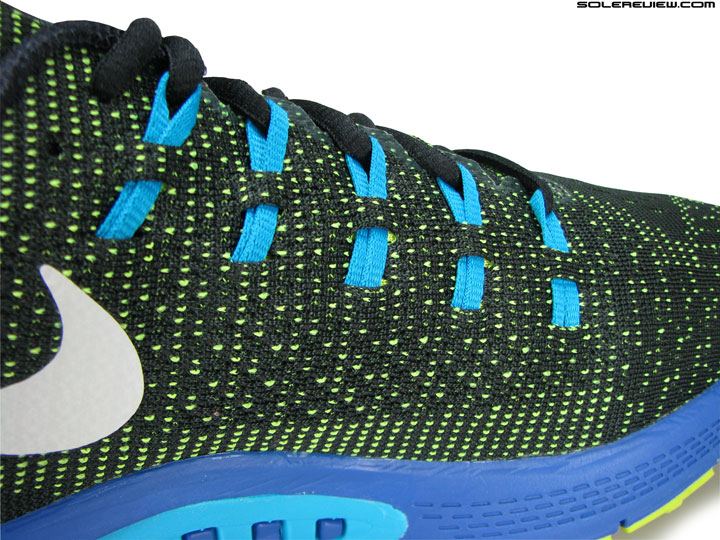
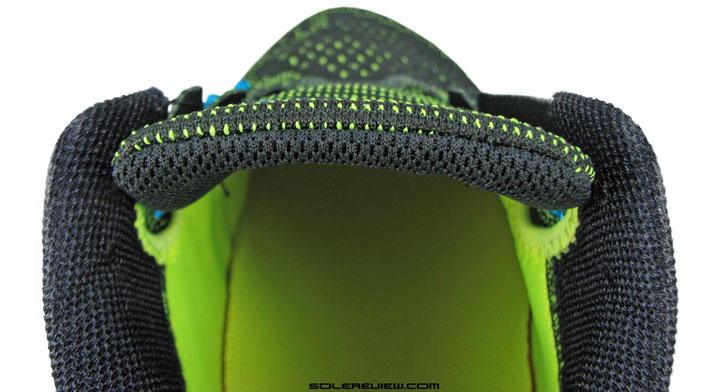
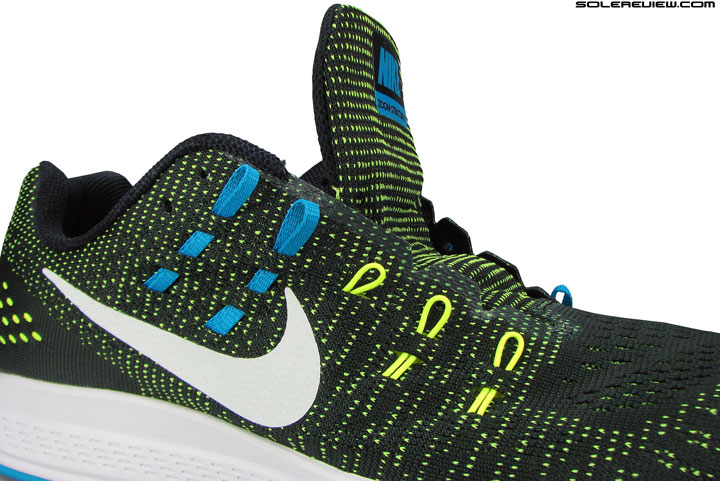
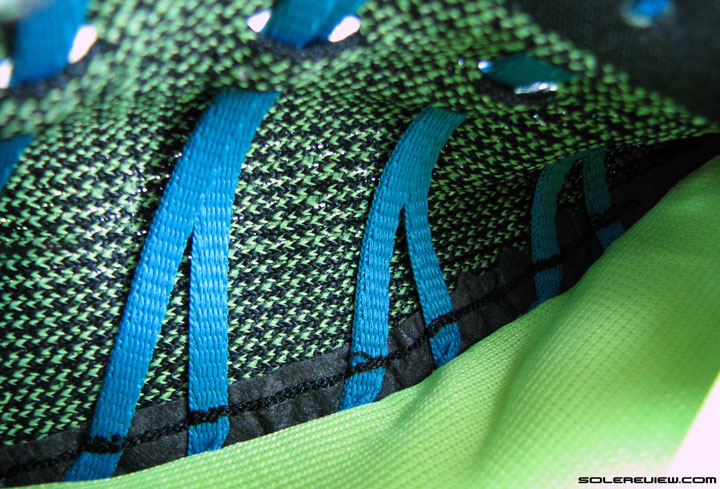
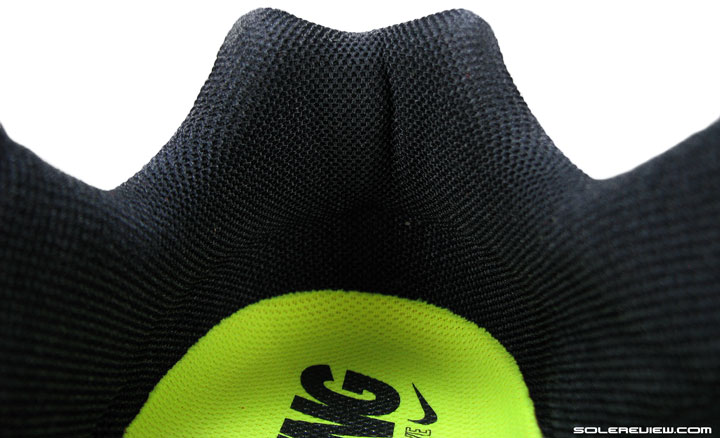
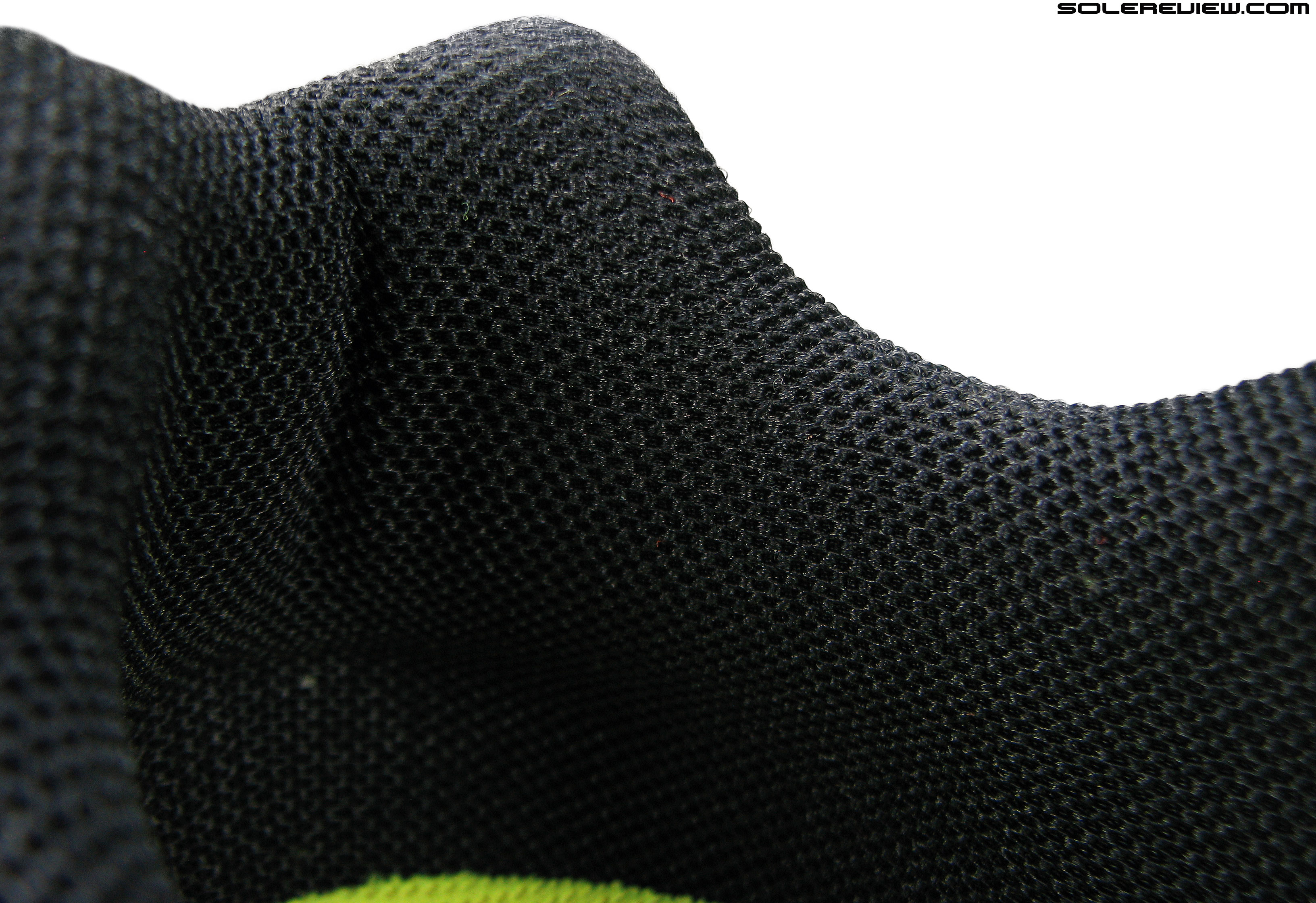
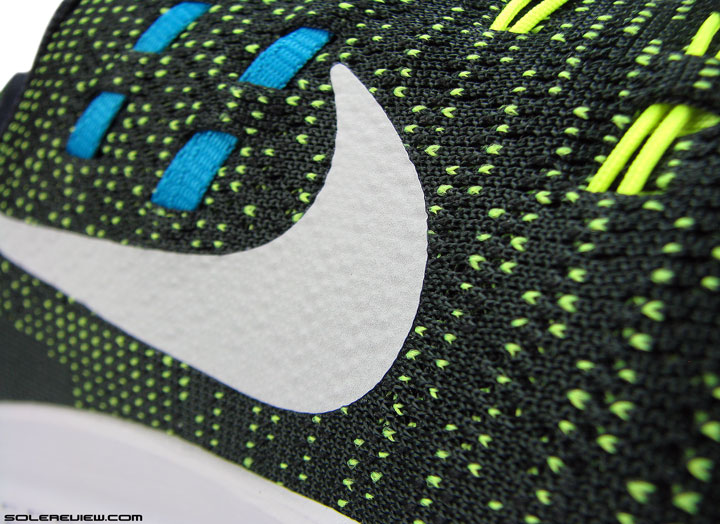
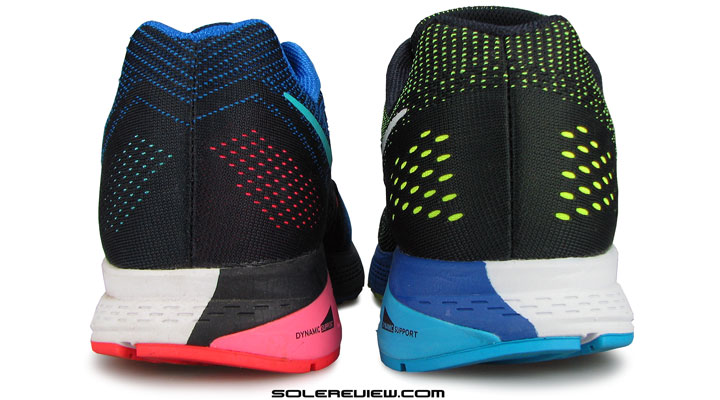
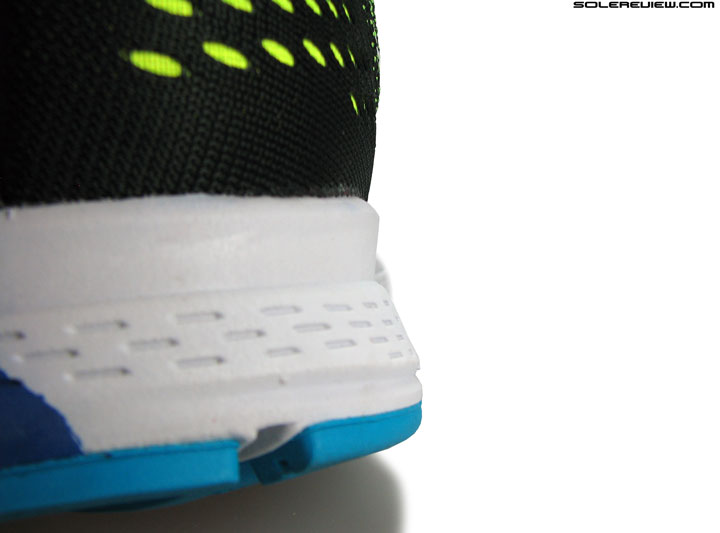
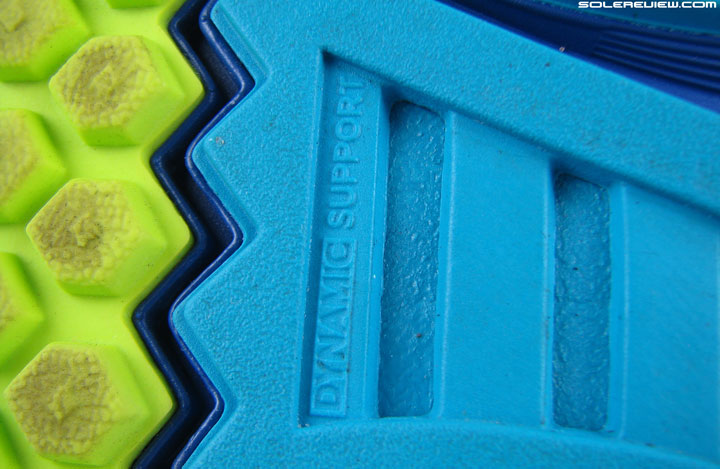
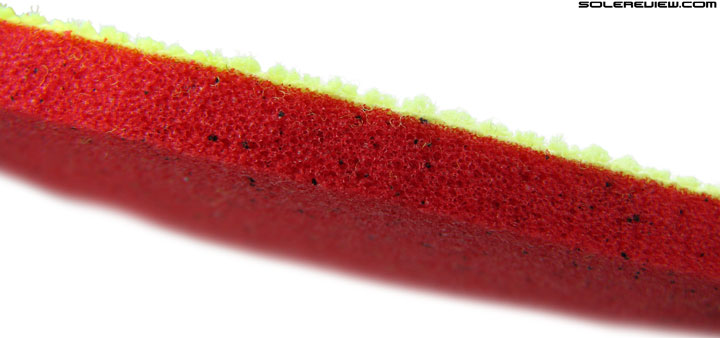
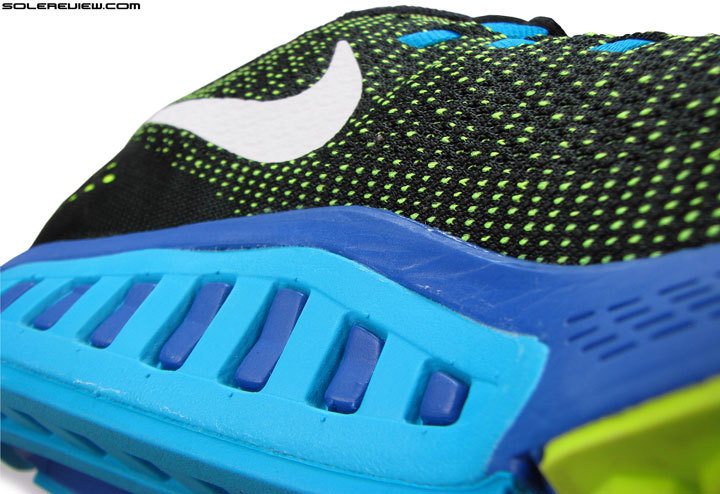
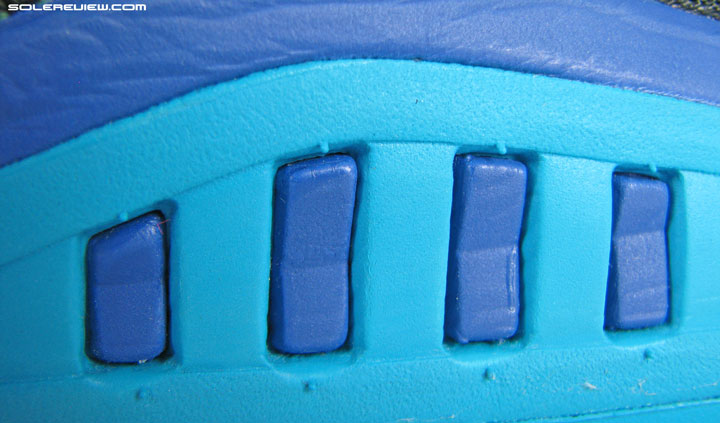
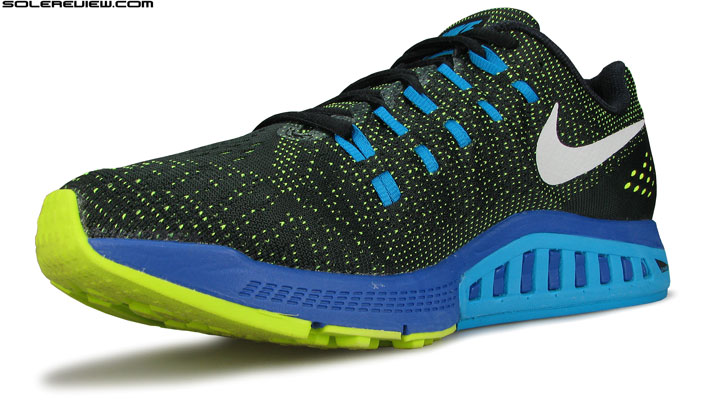
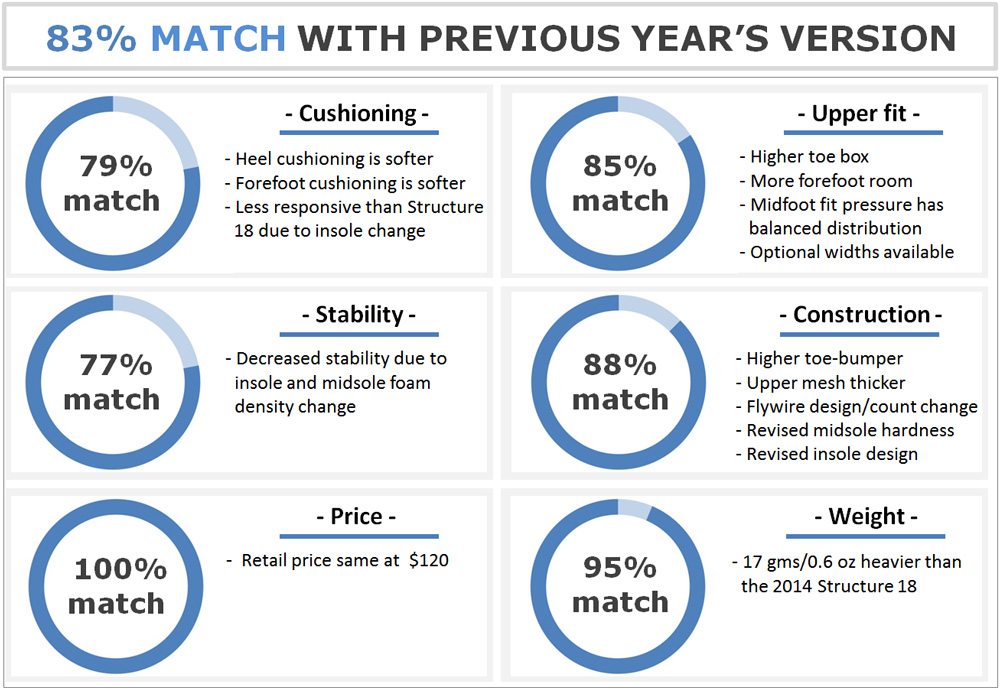
18 comments
Bummer that the Structure 19 doesn’t live up to its stability shoe promise, though at least we still have the Odyssey this year. I was reading up on the Adrenaline 16 last night and saw that Brooks is touting a “[n]ew, deeper [lateral midsole] V-Groove” as a key feature this year. This deeper groove is designed to “fold … inward to absorb and disperse impact.” Based on the behavior you described in the Structure 19 and Kayano 22, I’m hoping Brooks didn’t screw that one up, too.
Ah, the GTS 16. We’re looking forward to review that one sooner or later.
I wonder what the design specification process is at Nike and other shoe manufacturers… Everything you state about the upper sounds like a very good progression. But then the sole seems to have evolved in a very weird way. Was this a result of a deliberate goal to soften the shoe, and, if so, why? It seems so strange that the reduced heel stability should have been obvious and why did Nike go that way? I guess what is strange is that model-to-model evolution of many running shoes (not just Nike) are many times a retrograde step, and that is hard to understand. I would expect generally positive evolution.
I notice some reviews don’t have the drop listed. Is this because the manufacturer does not specify it? Do you think you may try and implement you own measuring technique at some point?
Great, great job on the review, as usual!
Have absolutely no idea about Nike’s rationale to soften up the heel area! The design process is quite complex and lengthy, as it takes around 18-14 months from concept to market release. Yet the decision making process is in the hands of a select few, and that might have influenced the Structure 19’s design. Perhaps what solereview sees as undesirable is what Nike views as the exact opposite?
Yes, we don’t mention the drop because the brands do not specify it in some cases. We’d like to adopt our own measurements, but the equipment in question costs a lot of cash :)
Solereview,
Great review, but I don’t agree with all of it. That being said, I have yet to actually run in the 19’s so I can’t say anything for sure except this:
1) I put my Zoom Odyssey floppy/soft sockliner in my Structure 18’s and did a bunch of miles, The shoe did not really feel different during the runs with a floppy/soft sockliner, compared to the stiffer original.
2) You say that 2 out of the 3 foam densities have gotten softer: the Medial Post and Lateral (with the central staying the same). While this is possible, Nike Running reps have told me that the midsole and outsole are exactly the same as the 18’s, using Phylon for the Central piece, and Cushlon for the lateral piece, and an unidentified foam for the Medial Post. From a business perspective, why would Nike increase costs by changing the formula of the foams?
Anyways, great job on the detailed analysis as usual, although I don’t agree in this case (that’s why I still donated :). At some point I will run in the 19’s and post my evaluation here.
Thanks!
Thank you for the feedback! We’d actually be very worried if everyone agreed with what we said – that isn’t possible, given the complexity of running shoes :).
1) Maybe it depends on how you load your bodyweight and overall running style? We definitely felt the difference.
2) It is true that the midsole and outsole are the same, we experienced a difference in foam densities. It does not cost anything extra to make the foam softer or harder, unless you’re changing the base material or design.
And thanks again for having our back!
hey solereview!! dunno where to post this request, so i will do it here: pls pls pls review the new asics metarun!!! ive shied away from asics for the past few years, being as most of their current models seem to be boring updates of past “hits” (10 yrs ago they were the “it” shoes, if u know what i mean). but these new ones look definitely sexy!! so i reeeaaaaally hope u will review it soon!! thanks & cheers!!
PS i did support ur fundraiser, but i didn’t pay for the “a la carte” option. so, technically i should not be asking for this, but what the heck…
Enrique, thank you for the suggestion!
Unfortunately we will not be reviewing the Metarun because of its price – we can buy and review two shoes within that budget. Sorry about that!
Wise move. The Metarun, in my opinion, is not a shoe for a serious runner, who would flatten them within 3-4 months. It’s a marketing research stunt.
Thanks again to SoleReview for yet another detailed evaluation of their experience in a shoe. Having been a fan of the site for quite a time now, and having used the reviews to choose my own shoes, I fully support their efforts (and donated) to continue into the future.
The more reviews I read, and the more I personally run and learn about running, the more I am realizing why I tend to disagree with certain reviews: BODY TYPE. One of the first things any reader learns on this site is that different shoes are for different people. It is through these reviews that I am realizing that while detailed and thorough, SoleReview’s experiences are limited by their writer’s body types.
One of the themes seen through different shoe reviews is the criticism of older style medial support structures causing “instability” a la Structure 17. I can understand how a lighter, non-severly pronating runner would feel their foot supinate or get rolled outwards/laterally because of a taller medial support structure and/or softer lateral midsole.
However, as a heavy runner with wide feet and completely flat pronation, I NEED a strong medial support structure so my foot won’t completely go flat on foot strike. Otherwise, I will experience soreness after runs because my foot will be deforming and stressing ligaments that aren’t meant to be stressed.
This is also why a difference in insole will also have a much greater affect on a lighter runner, vs a heavier runner. As a heavy runner, I will be flattening a softer insole just by standing in them. Therefore, I will essentially be feeling only the midsole cushioning when I stand, walk, or run. This is why when I try different insoles in my Structure 18’s, such as the soft Odyssey insole, the running experience essentially feels the same. However, if I were a lighter runner, who doesn’t pronate at all or pronate as much, I can see how their experience would be very different.
At the end of the day, shoes like the Structure are meant for the most pronating of pronators. What is “instability” to lighter and lesser pronator, is what is needed for those of us who when stepping out of a swimming pool, make a rectangular footprint :)
This 67% Structure 19 is a 100% in my book, and my other favorite, the 87% Odyssey, would be a close 95%. So where does this leave us? Obviously, resources are limited and SoleReview needs to focus on a wide variety of shoes. Perhaps, at some point, there can be a Pronator Evaluation Dept. I volunteer!
For full disclosure, I only tried the Structure 19 on the treadmill in the store. To really prove my aforementioned theories, I will have to report back after doing significant miles in some 19’s using the 18’s insoles…
Thanks. We avoid testing shoes on treadmill altogether; the machine movement does not create the ideal control condition.
You really should be trying out a shoe for what it is made for-running and most likely on road surfaces before you comment on it.
We’d think it to be highly unusual if everyone agreed with our reviews. Running shoes are an intensely personal choice, so impressions are bound to differ.
We’d like to clarify one thing, however. We aren’t against medial posts per se, but select styles like Structure 17 (which was NOT an older style medial post, but a clear outlier). We don’t criticise every shoe with traditional medial posts. If that were the case, shoes such as the Brooks Beast 14, Adrenaline 15, NB 1260V5 and Guide 8 would not score high in our reviews.
I have to disagree as well. And yes, it may well be body type, gait as well as other mechanical issues. I vastly prefer the 19’s to the 18’s. Female, lighter runner, mid/forefoot strike, mild pronation, high arch that has flattened a bit thanks to other shoes/orthotics. Significant bunions and I wear these with a light modified insert (but not full orthotic). This is the first shoe in…maybe ever…that I have not had issues with related to my bunions. I may be the odd man out but that’s ok, I’ll just stock up on them when the 20 comes out. The changes in the upper have truly saved my feet and I like the softer ride. I do have to get the wides which is unfortunate from a color limitation but to have a shoe actually work for me is priceless.
Thank you for the detailed insight. This is one of the reason why wrapping your head around the changes in running shoes is a challenge! Works for someone, does not for another.
Structure sucks! Big time. I used to wear the Equalon and now I haven’t found a single Nike shoe that actually makes sense to buy. Horrible design with strange shape/fitting issues.
It is kind of an odd shoe.
Comments are closed.